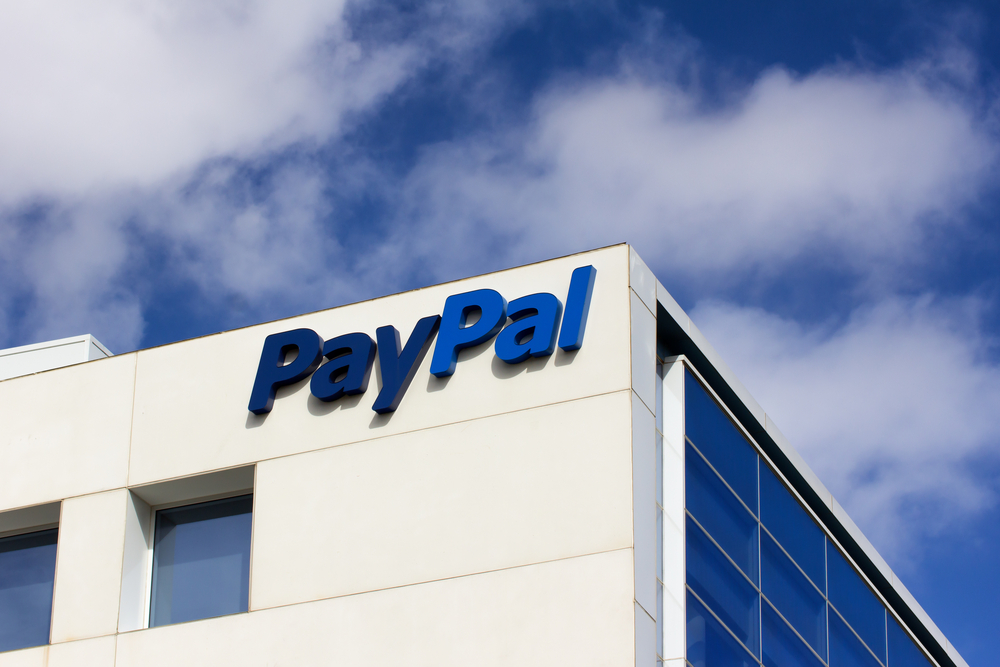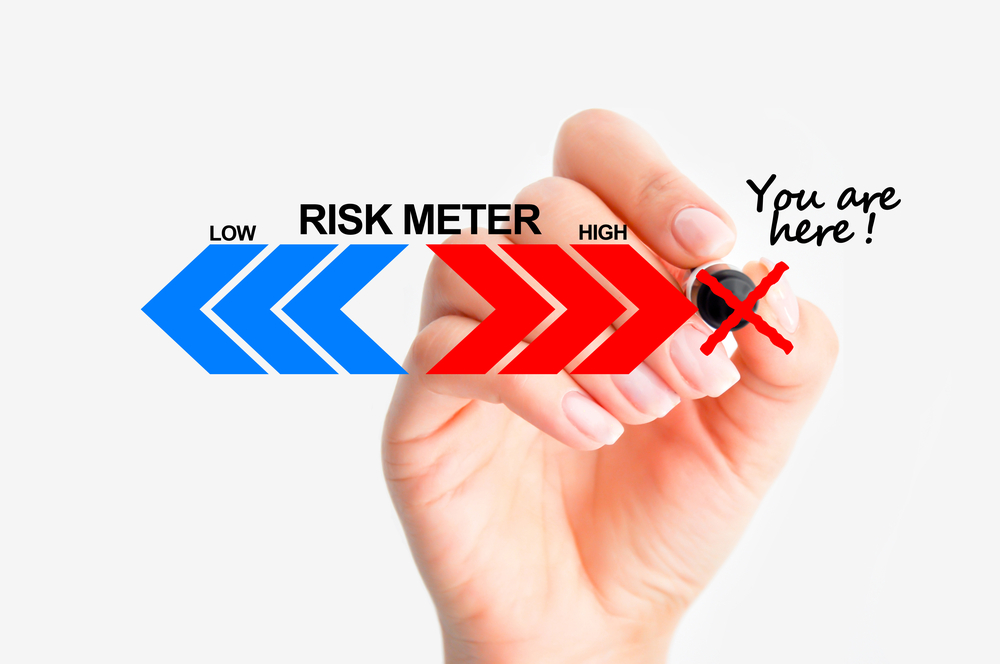Category: PAYMENTS
-
PayPal Gets Sued, Stripe Could Be Next – Is Your Business Safe?
You’ve probably heard the news: PayPal gets sued for freezing customer accounts without explanation. It’s no longer speculation, it’s a fact. The class action has been filed and it will be interesting to see how it all shakes out in the end. But it raises some important questions about your own online business and how…
Written by

-
Legal Online Telemedicine in The United States: Is Your State on the List?
With the popularity of online telemedicine in the U.S. growing, it’s important for anyone who wants to use telehealth services or start their own telemedicine business to know about the laws that govern this burgeoning industry. While there are positive signs that the legal framework surrounding online telemedicine will soon catch up with technology, we’re…
Written by

-
Why Some Businesses Are Labeled High-Risk by Payment Processors
Not all businesses are treated equally by payment processors. High-risk businesses pay more in fees, need to keep chargebacks and fraud in check, and are subject to various requirements before merchant services are available to them. Even after meeting strict demands, they’re monitored closely to ease the concerns of acquiring banks and payment networks. Luckily,…
Written by

-
Credit Card Payments For Therapists: A Complete Guide
A recent study reports that thousands of people have turned to online counseling, which, in turn, has sparked credit card payments for therapists. Licensed health professionals have adapted to the new scenario in which the world finds itself. Today, psychologists and psychotherapists deliver services virtually, making conventional payment methods impractical. Thus, when it comes to…
Written by
